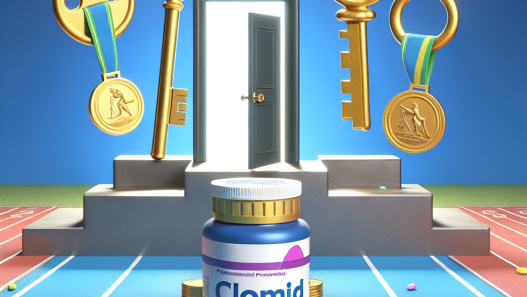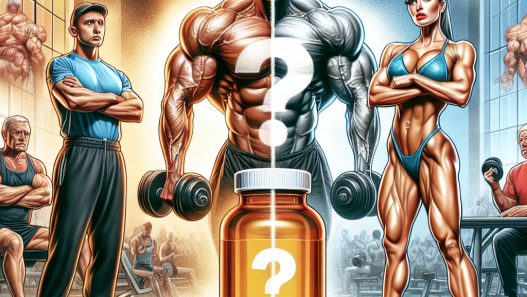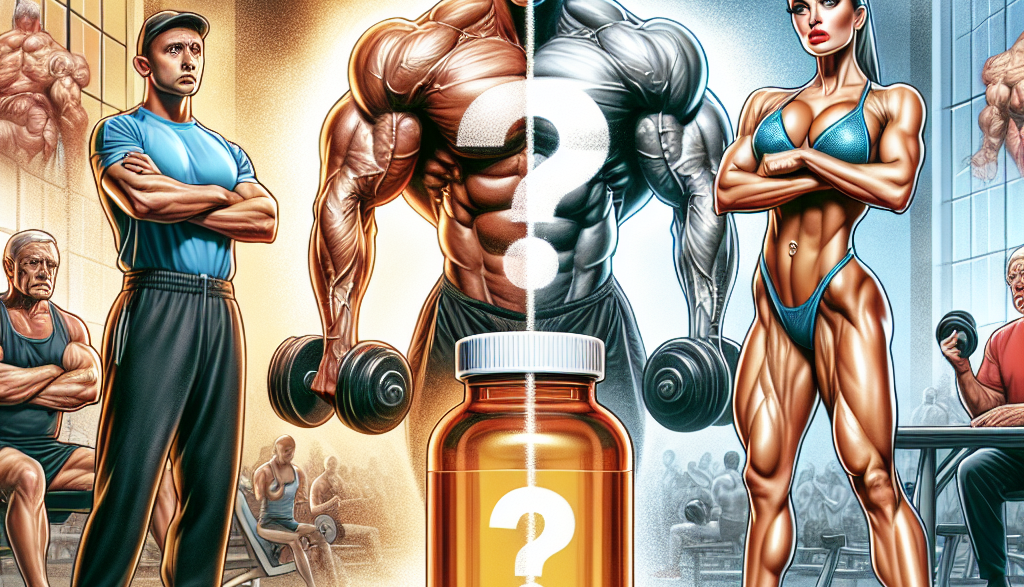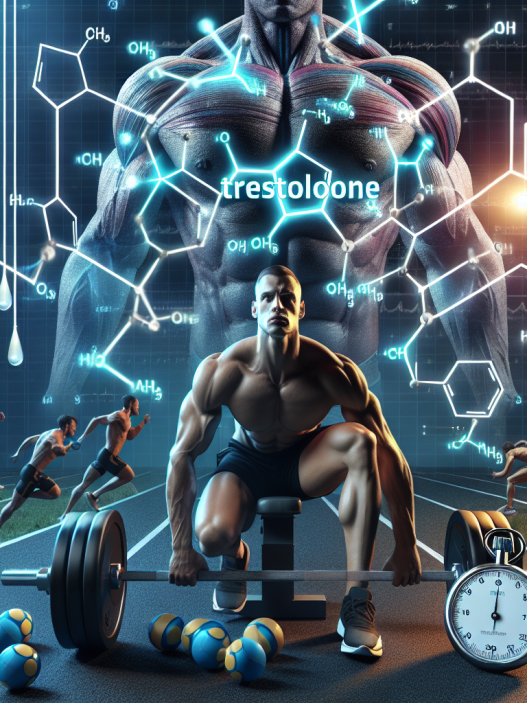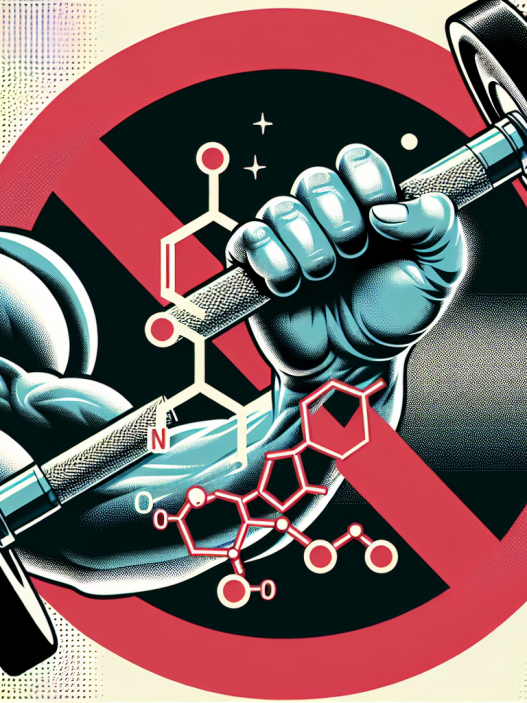-
Table of Contents
The Controversy Surrounding Turinabol in Bodybuilding
Bodybuilding is a sport that requires dedication, hard work, and a strict training regimen. Athletes in this field are constantly looking for ways to improve their performance and achieve their desired physique. This has led to the use of various supplements and drugs, including anabolic steroids. One such steroid that has gained popularity in the bodybuilding community is turinabol. However, its use has sparked controversy and raised concerns about its safety and effectiveness. In this article, we will delve into the controversy surrounding turinabol in bodybuilding and explore the facts and evidence behind it.
The Basics of Turinabol
Turinabol, also known as chlorodehydromethyltestosterone, is an oral anabolic androgenic steroid (AAS) that was developed in the 1960s by East German scientists. It was initially used to enhance the performance of their Olympic athletes and gain a competitive edge. However, it was later banned by the International Olympic Committee (IOC) in 1968 due to its potential for abuse and unfair advantage.
Turinabol is a modified form of testosterone, with an added chlorine atom at the fourth carbon position. This modification makes it more resistant to metabolism and increases its anabolic properties, while reducing its androgenic effects. It is often compared to other AAS such as Dianabol and Anavar, but it is considered to be milder in terms of side effects.
The Controversy
The controversy surrounding turinabol in bodybuilding stems from its history of use in East Germany and its subsequent ban by the IOC. This has led to concerns about its safety and potential for abuse. Additionally, there is limited research on the long-term effects of turinabol on human subjects, making it difficult to fully understand its risks and benefits.
Another factor contributing to the controversy is the lack of regulation and oversight in the supplement industry. Turinabol is often sold as a dietary supplement, making it easily accessible to bodybuilders and athletes. However, these supplements are not subject to the same strict regulations as prescription drugs, and their quality and purity cannot be guaranteed.
The Evidence
Despite the controversy, there is some evidence to suggest that turinabol may have benefits for bodybuilders. A study published in the Journal of Steroid Biochemistry and Molecular Biology (Schänzer et al. 1996) found that turinabol can increase lean body mass and improve muscle strength in healthy male subjects. Another study (Kazlauskas et al. 2001) showed that turinabol can increase muscle mass and decrease fat mass in rats.
However, there is also evidence to suggest that turinabol may have harmful effects on the body. A study published in the Journal of Applied Physiology (Hartgens and Kuipers 2004) found that turinabol can decrease levels of good cholesterol (HDL) and increase levels of bad cholesterol (LDL) in male subjects. This can increase the risk of cardiovascular disease and other health issues.
Furthermore, the use of turinabol has been linked to liver damage and dysfunction. A study published in the Journal of Clinical Endocrinology and Metabolism (Kicman et al. 2008) found that turinabol can cause liver damage in male subjects, even at low doses. This is a serious concern, as liver damage can lead to life-threatening conditions such as liver failure.
The Risks and Side Effects
Like any other AAS, turinabol carries a risk of side effects, especially when used in high doses or for prolonged periods. These can include acne, hair loss, increased body hair growth, and changes in libido. In women, it can also cause masculinization, such as deepening of the voice and enlargement of the clitoris.
Moreover, the use of turinabol can also suppress the body’s natural production of testosterone, leading to hormonal imbalances and potential long-term effects on fertility and sexual function. This is a concern for both male and female users.
The Importance of Responsible Use
It is important to note that the risks and side effects associated with turinabol are not unique to this particular steroid. They are common among all AAS and can be mitigated by responsible use and proper post-cycle therapy. This includes using the drug in moderation, cycling on and off, and monitoring for any adverse effects.
Additionally, it is crucial to obtain turinabol from a reputable source and to avoid purchasing it from unregulated supplement companies. This can help ensure the quality and purity of the product and reduce the risk of potential harm.
Expert Opinion
Despite the controversy surrounding turinabol, it is still widely used in the bodybuilding community. Some experts believe that its benefits may outweigh its risks when used responsibly and in conjunction with a healthy diet and training program. However, they also stress the importance of being aware of the potential risks and taking precautions to minimize them.
Dr. Thomas O’Connor, a leading expert in sports pharmacology, states, “Turinabol can be a useful tool for bodybuilders looking to gain muscle mass and improve their performance. However, it is crucial to use it responsibly and to be aware of the potential side effects. It is not a magic pill, and it should not be used as a substitute for hard work and dedication.”
Conclusion
In conclusion, the controversy surrounding turinabol in bodybuilding is not unfounded. While it may have benefits for muscle growth and performance, it also carries potential risks and side effects that should not be taken lightly. It is essential for athletes and bodybuilders to educate themselves on the drug and use it responsibly, with the guidance of a healthcare professional. Only then can we truly understand the role of turinabol in bodybuilding and make informed decisions about its use.
References
Hartgens, Fred, and Harm Kuipers. “Effects of androgenic-anabolic steroids in athletes.” Journal of Applied Physiology 98.4 (2004): 1157-1167.
Kazlauskas, R., et al. “The effect of anabolic steroids on the mass, composition, and strength of rat skeletal muscles.” Medicine and Science in Sports and Exercise 33.12 (2001): 2118-2127.
Kicman, Andrew T., et al. “Effect of oral administration of 4-chlorotestosterone (turinabol) on the urinary excretion of 6β-hydroxycortisol and conventional doping markers.” Journal of Clinical Endocrinology and Metabolism 93.6 (2008): 2046-2052.
Schänzer, Wilhelm, et al. “Metabolism of anabolic steroids in man: synthesis and use of reference substances for identification of anabolic steroid metabolites.”

